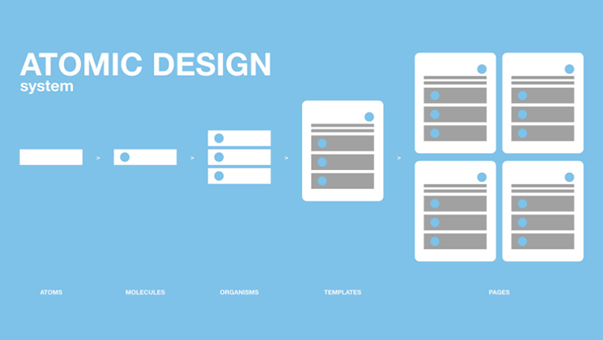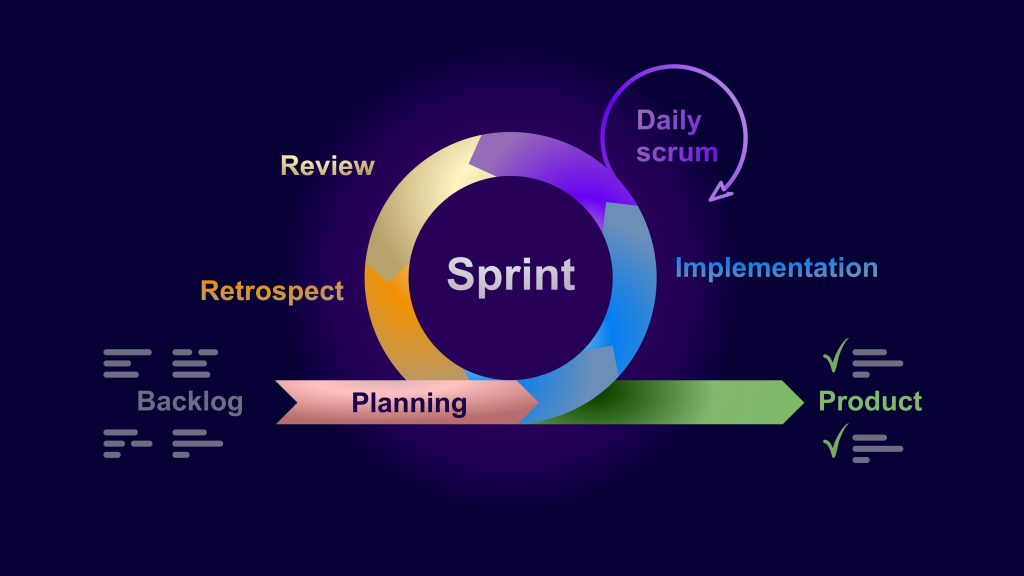Choosing the best program for user testing depends on your specific needs, including the type of product you’re testing, the stage of development, and the kind of feedback you’re seeking. Here’s a list of popular user testing tools, each with its unique strengths:
- UserTesting: This platform allows you to get real-time feedback from users around the world. It’s particularly useful for gaining insights into how people interact with your product and why they make certain decisions.
- Lookback: Lookback provides a robust platform for live interviews and usability testing with real users. It allows you to observe users interacting with your product in real time, offering both live and recorded sessions.
- Optimal Workshop: This suite of tools is great for various user testing methods, including card sorting, tree testing, and first-click testing. It’s particularly useful for information architecture and understanding how users navigate and find information in your product.
- Hotjar: Hotjar offers heatmaps, session recordings, and surveys, providing a visual way to understand user behavior on your website. It’s excellent for spotting issues users might encounter but might not articulate in a test.
- Crazy Egg: Similar to Hotjar, Crazy Egg provides heatmaps, scroll maps, and other visual tools to understand how users interact with your website. It helps identify what areas of your site draw the most attention and where users drop off.
- UsabilityHub: This platform offers a variety of tests, including preference tests, five-second tests, and navigation tests, helping you gather quick feedback on design decisions.
- Maze: Maze is a rapid testing platform that allows you to test prototypes, measure usability, and gather user insights. It integrates with design tools like Figma and Sketch, making it a seamless option for designers.
- Validately: Validately offers a range of testing options, from simple surveys to more complex remote user testing. It’s designed to be easy to set up and use, even for those new to user testing.
When choosing a user testing tool, consider factors like your budget, the size and demographics of your user base, the type of data you need (qualitative vs. quantitative), and how the tool will integrate with your existing workflow and tools. It’s often helpful to start with a trial or a demo to ensure the tool meets your specific requirements.





